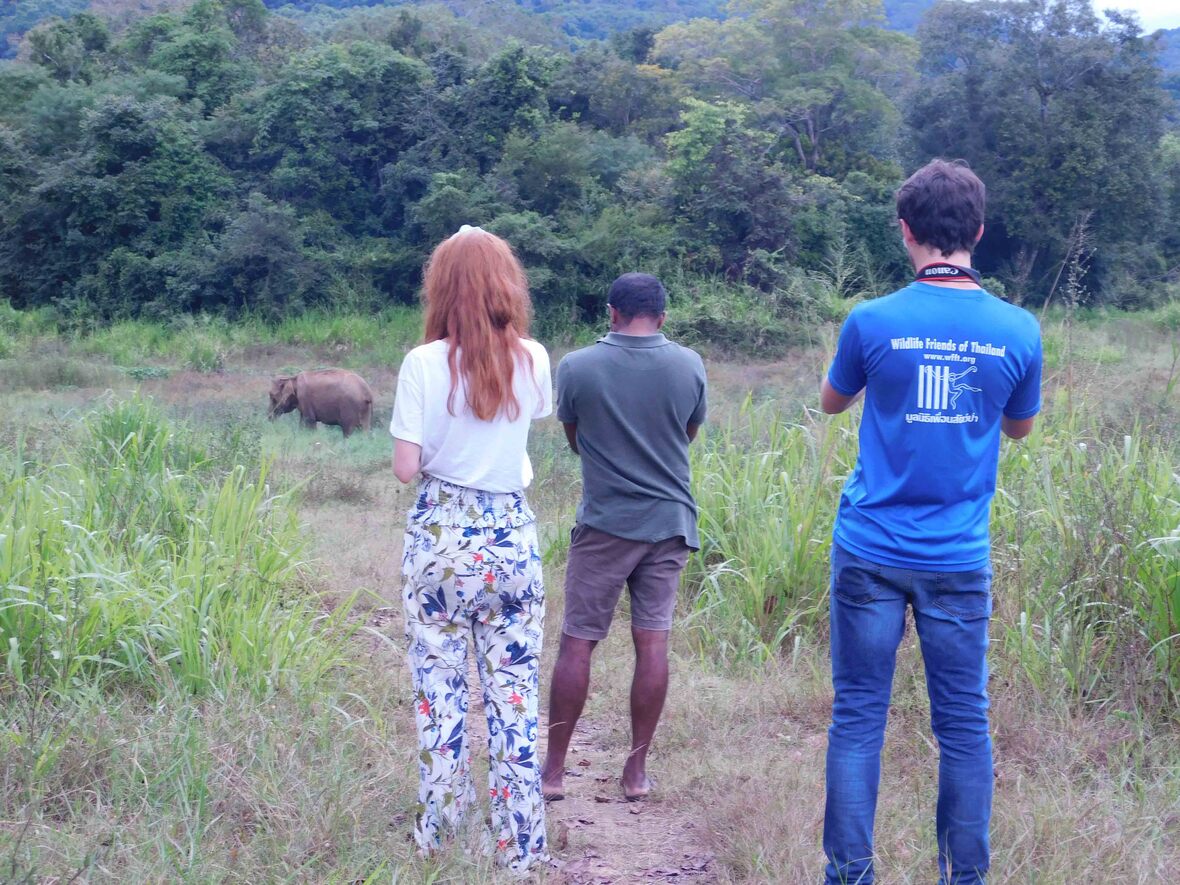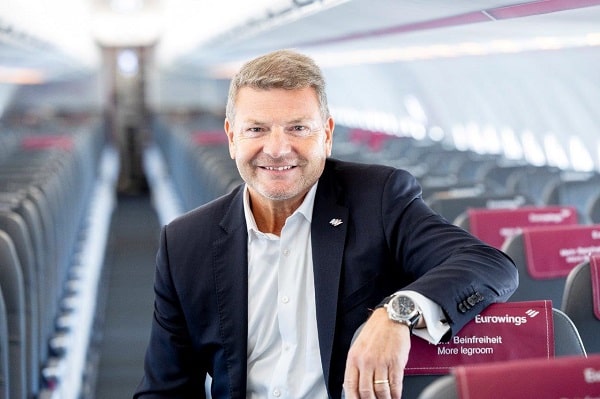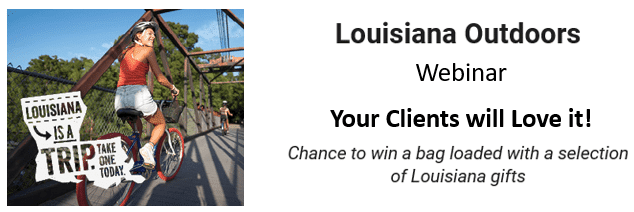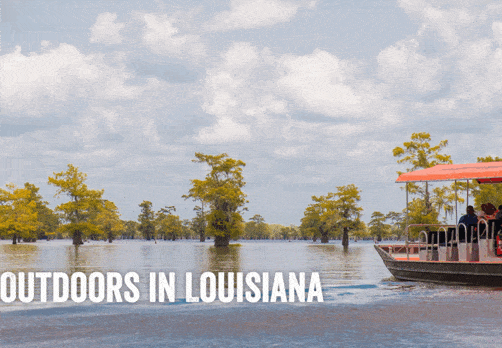Could climate change mean that winter becomes the new summer in travel? – Mabrian Technologies

When it comes to climate change the travel industry needs to change its approach to ‘summer holidays’ if it doesn’t want to get caught out in the cold
‘Winter is coming’ is the Stark family’s moto in Game of Thrones and in the travel industry this might be the case when it comes to ‘summer holidays’ due to climate change.
This year saw heat records broken in most of the main European summer tourism destinations, in some cases by quite significant margins, and climate experts are predicting that many places popular with tourists soon will be scorching hot every summer.
What does this mean for a tourism industry largely based around summer peak season visitors? Could winter become the new summer or will tourists start visiting new destinations where the climate is more bearable? We spoke with six experts to find out more.
Carlos Cendra, Sales and Marketing Director at travel intelligence provider Mabrian says: “If anyone thinks that hotter weather is good news for beach traditional beach destinations then they should think again. During this summer’s heat wave in Europe we saw a clear drop in visitor satisfaction levels during the hottest weeks. The weather is one of the most important contextual factors for the tourism industry. Hundreds of vacational destinations in the Mediterranean and North Africa have traditionally based their tourism development on favorable weather conditions. Now this is changing, and faster than we thought. This is probably going to change global travel trends within the next years, so we’d better analyze the effects of this on the expectations and preferences of travellers.”
Matthew Chapman, CTO of travel booking technology provider Vibe comments: “Online travel agents and other digital points of sale for travel should consider adding a filter that lets people search by average temperatures for the dates they are looking. Likewise hotels, experiences providers, perhaps even airlines and airports should all start considering populating their content with information about air conditioning, shaded areas, and so on – and make that content searchable and filterable in the booking process. More and more people will be concerned by such details at the search and booking stage.”
Alex Barros, Chief Marketing and Innovation Officer from Beonprice, the revenue management & total profitabilty platform for for the hospitality sector, adds: “From a revenue management perspective for hoteliers this is a potentially enormous change as pricing for leisure travel has all been defined by the same summer peak season approach since the beginning of mass tourism in the 1960s. More research will be needed around how temperatures impact consumer demand. What is the ideal temperature for maximum pricing? Is it impacted by temporary volatility in temperatures, or just long-term averages? All of this will of course impact how hoteliers approach building and opening new properties too, not just location but temperature-controlled buildings and communal areas.”
Fabián Gonzalez, Co-Founder of Forward_MAD, a luxury tourism event taking place in Madrid from 5th to 7th October, says: “Luxury hotels and resorts, and luxury experiences generally, are better positioned to adapt to the challenges of climate change as they have the resources to invest in what is needed – better climate controlled buildings, air conditioned transfers, and so on – and have more demanding clients in terms of sustainability expectations, who are prepared to pay for this. Contrast that with mass-market tourism providers with low-margins where such costs would be the difference between profit and loss. Additionally a shift towards tourists spreading their holidays out throughout the whole year, adapting to ‘wintering’ rather than ‘summering’, could suit many boutique and smaller luxury hotels with only a limited number of rooms – allowing them to fill them up in the normally quieter months. Not least as high spending travellers normally are more flexible in terms of vacation dates anyway.”
Bruno Martins, Senior Product Manager from the global hospitality technology provider Shiji Group comments: “Hotels and resorts in hotter locations will have to re-think their outdoor relaxation areas, perhaps putting an end to ‘outside’ pools or at the very least placing some kind of cover over the top – and making them more nighttime friendly too, including lifeguard services, or perhaps even charging for peak hours. Equally the spa centres should be rethought, positioning them more as a place to go and cool down – with less saunas and more ice baths. Golf courses are a popular draw for hot locations and they too will be impacted, quite heavily in fact as you can’t cover a whole golf course with screens and more watering will be required at a time when water becomes more scarce. Again nighttime, or at least early morning, tee-offs will be in greater demand. Technology is going to be the golden-thread throughout all of these changes, whether that be via apps that allow guests to schedule better those precious cool moments, pricing software that maximizes revenues based on temperature, or electronic wrist bands that allow guests access (or not!) to certain locations at certain times based on demand. Basically hotels can already start optimizing revenue for the activities based on time of day, where demand will increase and improve revenue management of rates.”
Janis Dzenis, Director of PR for the recently launched flight price comparison website WayAway also says: “For many US travellers going to Europe, summer is still all about the Mediterranean region and that might take a long while to change no matter how hot it becomes. Especially keeping in mind that for many US visitors to Europe this is a one-off, special trip – they aren’t basing their choice on previous experiences, but on what they saw in a movie or a friend told them. Any reality will take time to filter through. However in the short term all this recent hot weather around the world is driving eco-consciousness amongst travellers. So they´ll want to know what destinations and hotels are doing to fight this and those that don’t have a convincing answer will gradually lose out. This will also drive more demand for travellers to offset their carbon footprint too and this is a service we offer to our WayAway Plus subscribers, one that is proving very popular.”
Learn more about Mabrian Technologies
Have your say Cancel reply
Our emails to you has bounced travelmole.com Or You can change your email from your profile Setting Section
Your region selection will be saved in your cookie for future visits. Please enable your cookie for TravelMole.com so this dialog box will not come up again.
Price Based Country test mode enabled for testing United States (US). You should do tests on private browsing mode. Browse in private with Firefox, Chrome and Safari
You can see how this popup was set up in our step-by-step guide: https://wppopupmaker.com/guides/auto-opening-announcement-popups/
Subscribe/Login to Travel Mole Newsletter
Travel Mole Newsletter is a subscriber only travel trade news publication. If you are receiving this message, simply enter your email address to sign in or register if you are not. In order to display the B2B travel content that meets your business needs, we need to know who are and what are your business needs. ITR is free to our subscribers.
 United Kingdom
United Kingdom United States
United States Asia Pacific
Asia Pacific

























Qatar Airways adding Manchester flights
EU entry-exit system delayed again
ATC strike in Greece could disrupt flights this week
Jet2 unveils Samos as new Greek destination for summer 2026
Carnival Cruise Line hosts Prague getaway for Fun Ambassadors